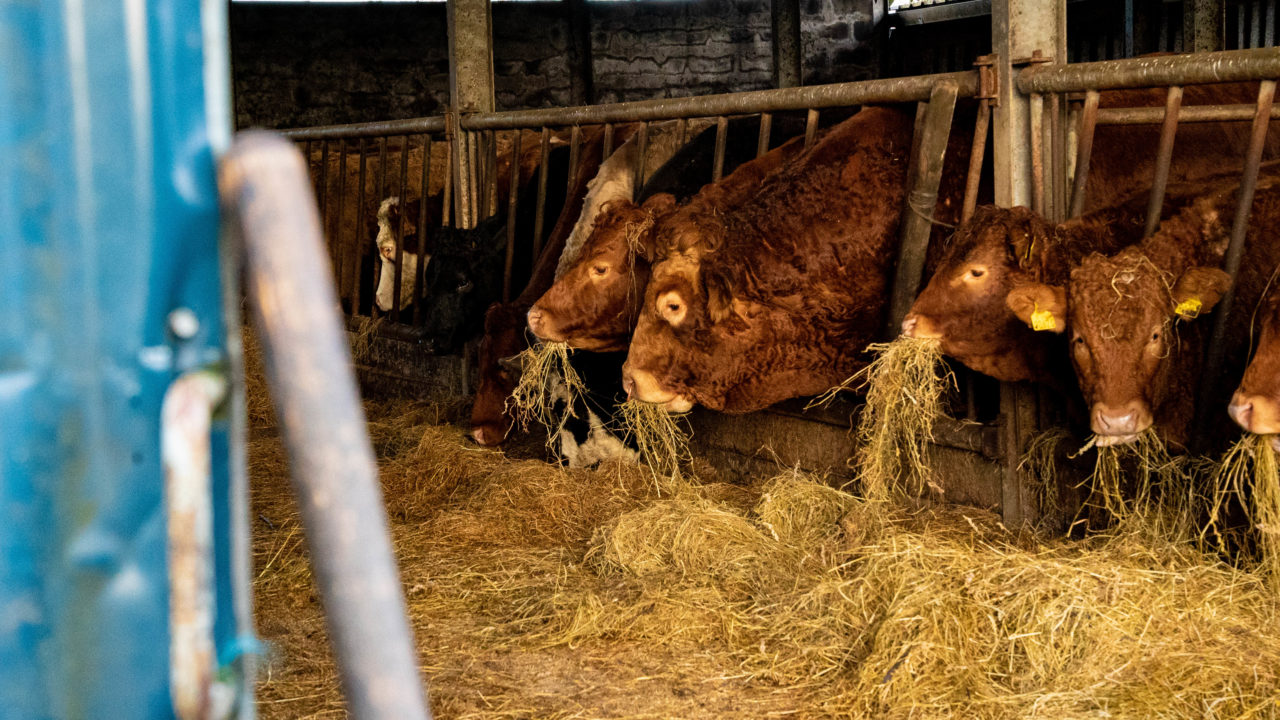With supplies of beef in the United Kingdom (UK) and the European Union (EU) forecasted to reduce later this year, prices in Ireland are expected to rise.
This will be due to an anticipated “strong” demand for Irish beef in these markets, leading to a growth in Irish beef prices.
This was said by the Irish Farmers’ Association (IFA) livestock chair Declan Hanrahan, who determined that there is a “real opportunity for Bord Bia and meat factories to increase volumes and returns for Irish beef from these high value markets which must be returned to farmers”.
Hanrahan explained that EU beef production dropped 4% in 2023, with a further reduction of 1% projected for this year.
He added UK beef supplies are predicted to tighten in particular for the second half of the year and into 2025 as figures show the numbers of cattle under 12 months of age to be down 3% year on year.
Hanrahan also said the roll out of the Protected Geographical Indication (PGI) for ‘Irish Grass Fed Beef’ on the Italian market must add further value to our beef exports and be returned in higher beef prices to farmers.
“Market conditions and supplies of beef cattle are pointing prices in only one direction and this upward momentum must continue in prices paid to farmers,” the IFA livestock chair said.
Beef trade
Hanrahan said prices for next week have risen a further 5c-10c/kg, with factories leaving no cattle behind as they try to fill orders to meet the demand from key customers.
Steer base prices are €5.15 to €5.25/kg. Heifers are making from €5.20 to €5.30/kg, and young bulls grading R and U are ranging from €5.30 to €5.50/kg.
Demand for cull cows has continued to strengthen with P grades in most factories starting at €4.20 to €4.30/kg and moving all the way up to €4.90/kg for good quality young continental cows in specialist factories.
Supplies of beef cattle here are conservatively predicted to be back 30-40,000 head for the year by Bord Bia, a figure that is likely to increase with the very positive start to the live export trade for stores and finished cattle to-date this year, Hanrahan explained.
Live exports for the first ten weeks of the year are up over 55% for stores and finished cattle alone, a pattern that Hanrahan expects to continue.
To-date, 7,653 cattle have been shipped to markets outside the EU, while the trade with the UK has also gotten off to a firm start with 8,077 cattle making the journey to Northern Ireland and a further 1,000 animals exported to Great Britain.
Hanrahan said this “important trade” will provide “much needed competition to factories for beef cattle for the year ahead”.
He said farmers should “sell hard” to ensure the realities of the market conditions are reflected in prices and the upward momentum continues.
